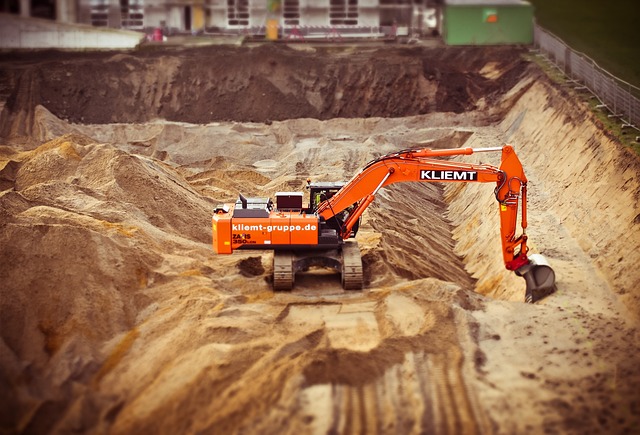BIM-integrated drafting revolutionizes civil engineering CAD by providing a 3D digital model for infrastructure projects, enhancing collaboration, reducing errors, and streamlining project delivery through centralized data management, early conflict resolution, and improved communication among diverse disciplines in civil engineering CAD drafting processes.
In the realm of civil engineering, embracing digital transformation through Building Information Modeling (BIM)-integrated drafting is revolutionizing collaboration. This article explores how this technology enhances efficiency and precision in civil engineering projects. We delve into specific strategies for integrating CAD drafting with BIM, highlighting its impact on seamless communication among project stakeholders. By examining these aspects, we uncover why BIM-driven approaches are essential for modern civil CAD drafting practices.
Unlocking Efficiency: BIM and Civil Engineering
BIM-integrated drafting is transforming civil engineering by unlocking unprecedented levels of efficiency and collaboration. Unlike traditional 2D CAD drafting, Building Information Modeling (BIM) provides a comprehensive, 3D digital representation of infrastructure projects, including roads, bridges, and utility systems. This holistic view enables civil engineers to identify potential conflicts early in the design phase, reducing costly rework later.
By integrating BIM into their workflows, civil engineering teams can streamline coordination among various disciplines, from structural engineers to surveyors. The centralized nature of BIM data ensures everyone works with the same accurate information, minimizing errors and miscommunications. This seamless collaboration leads to faster project delivery, improved safety, and better overall outcomes for complex infrastructure projects.
Integrating CAD Drafting for Smooth Collaboration
In the realm of civil engineering, efficient collaboration is key to project success. Integrating BIM (Building Information Modeling) with civil engineering CAD drafting offers a game-changer solution. This seamless combination facilitates smooth information exchange and real-time updates among all project stakeholders, including architects, structural engineers, and contractors.
By adopting BIM-integrated drafting, the entire design process becomes more collaborative and coordinated. Civil engineering CAD drafting software, enhanced by BIM capabilities, enables all team members to work on a unified digital model. This ensures that everyone is working with up-to-date information, reducing errors, minimizing delays, and fostering a more efficient project delivery.
Seamless Communication: BIM's Impact on Projects
In the realm of civil engineering and CAD drafting, Building Information Modeling (BIM) has revolutionized seamless communication among project stakeholders. BIM-integrated drafting platforms allow for real-time data exchange, ensuring that all team members work with the most up-to-date information. This fosters effective collaboration, reduces errors, and streamlines decision-making processes throughout the project lifecycle.
With BIM, civil engineers and drafters can create and manage comprehensive digital models that incorporate both geometric and functional data. This holistic approach enhances coordination among disciplines, minimizing clash detections and resolving design issues early in the project. As a result, projects are completed more efficiently, within budget, and with enhanced quality, benefiting all parties involved.
Enhancing Precision: BIM in Civil CAD Drafting
BIM-integrated drafting has revolutionized civil engineering CAD drafting by significantly enhancing precision and efficiency. Building Information Modeling (BIM) goes beyond traditional 2D drawings, creating a comprehensive digital model that includes all relevant building data. This detailed representation allows for more accurate and conflict-free design, as various disciplines can work simultaneously on different aspects of the project while identifying potential issues early in the planning phase.
In civil engineering CAD drafting, BIM enables better coordination between structural, geotechnical, and other specialized elements. By integrating this technology, project stakeholders can collaborate seamlessly, reducing errors and improving overall project quality. This advanced approach to design not only streamlines the drafting process but also fosters a more informed decision-making environment, ultimately leading to successful project outcomes.
BIM-integrated drafting is transforming the landscape of civil engineering CAD drafting by fostering seamless collaboration, enhancing precision, and streamlining communication. By combining the power of Building Information Modeling with traditional drafting methods, professionals can unlock unprecedented efficiency in project management. This integrated approach ensures that everyone involved has access to up-to-date information, reducing errors and delays. As the industry continues to evolve, embracing BIM in civil engineering CAD drafting will be key to delivering high-quality infrastructure projects more effectively and efficiently.
